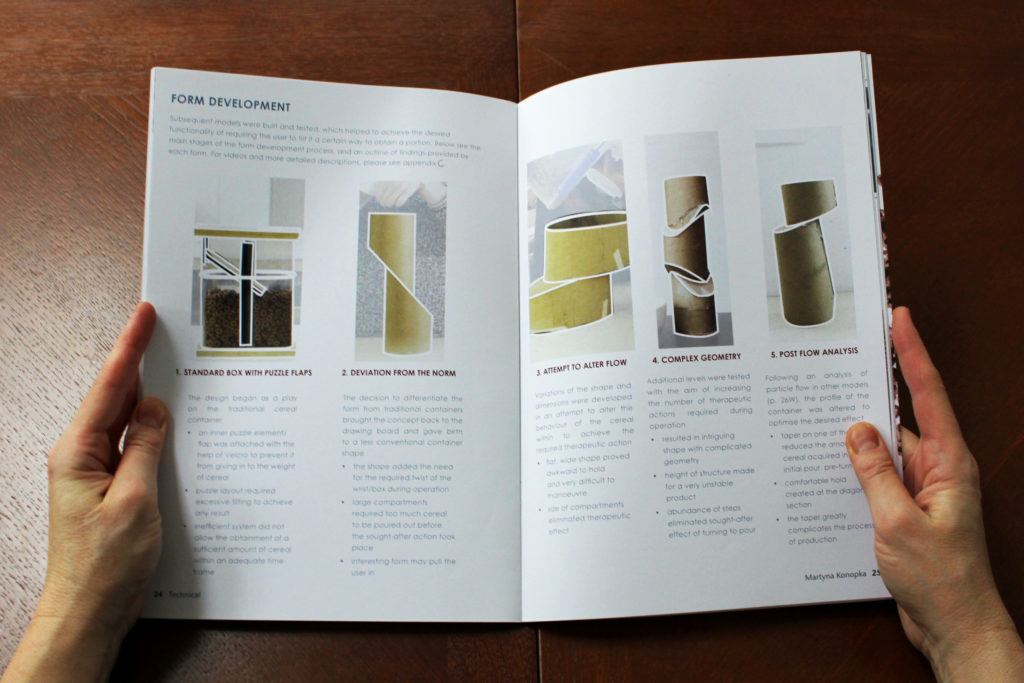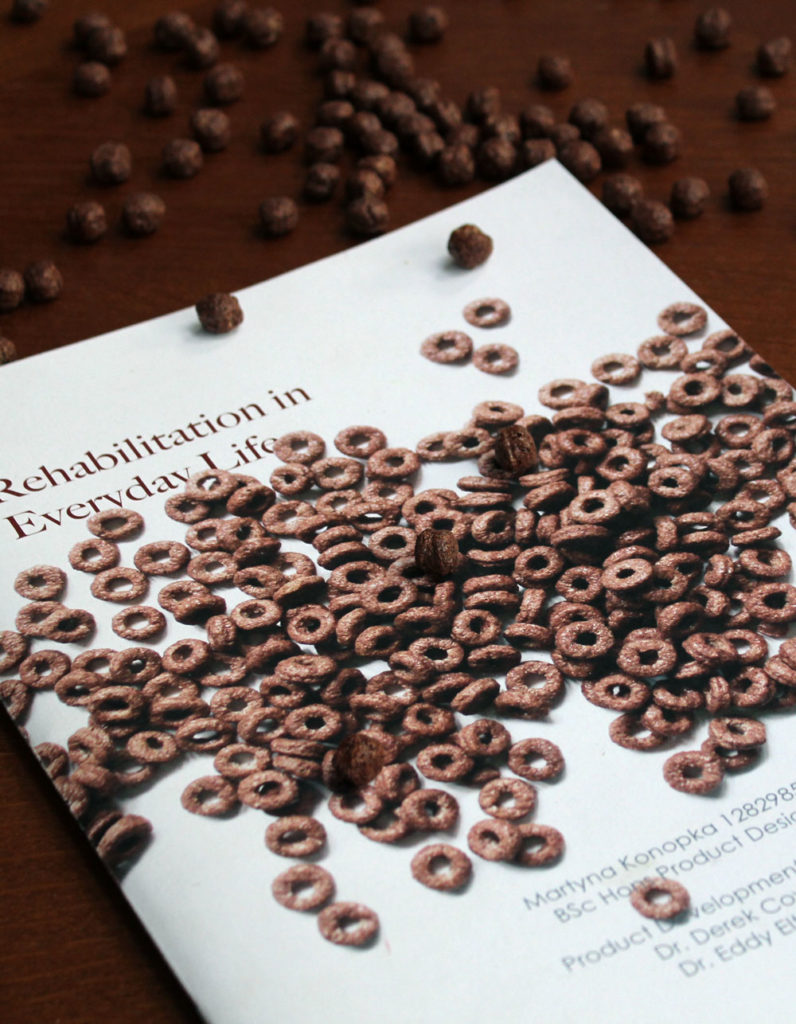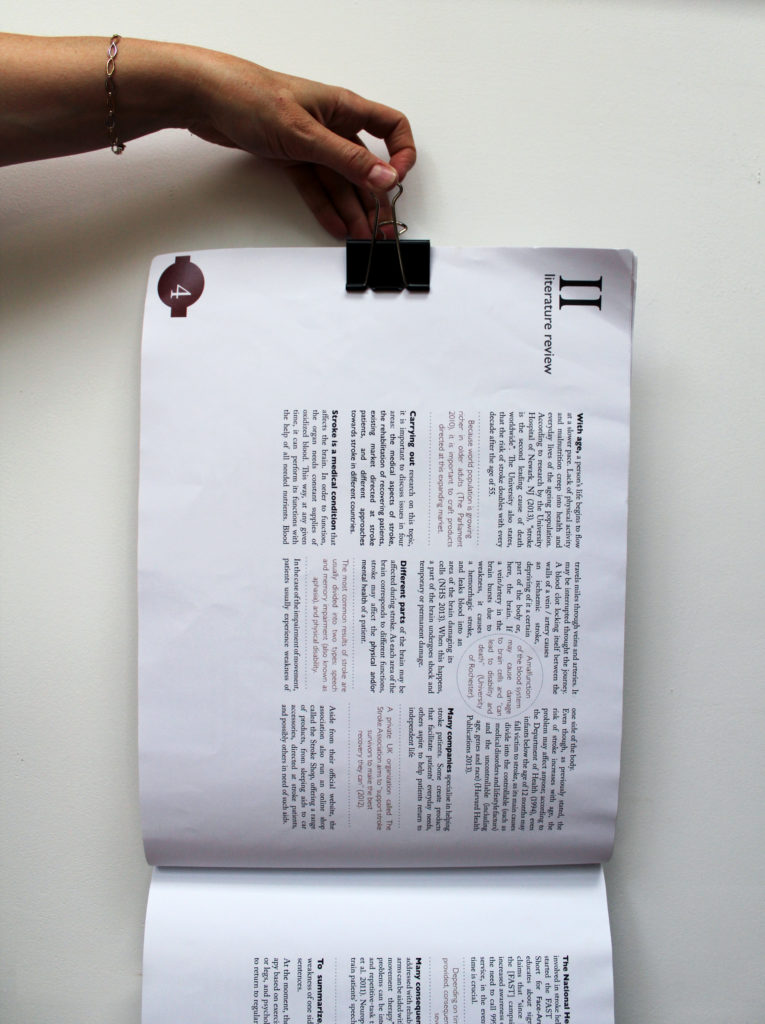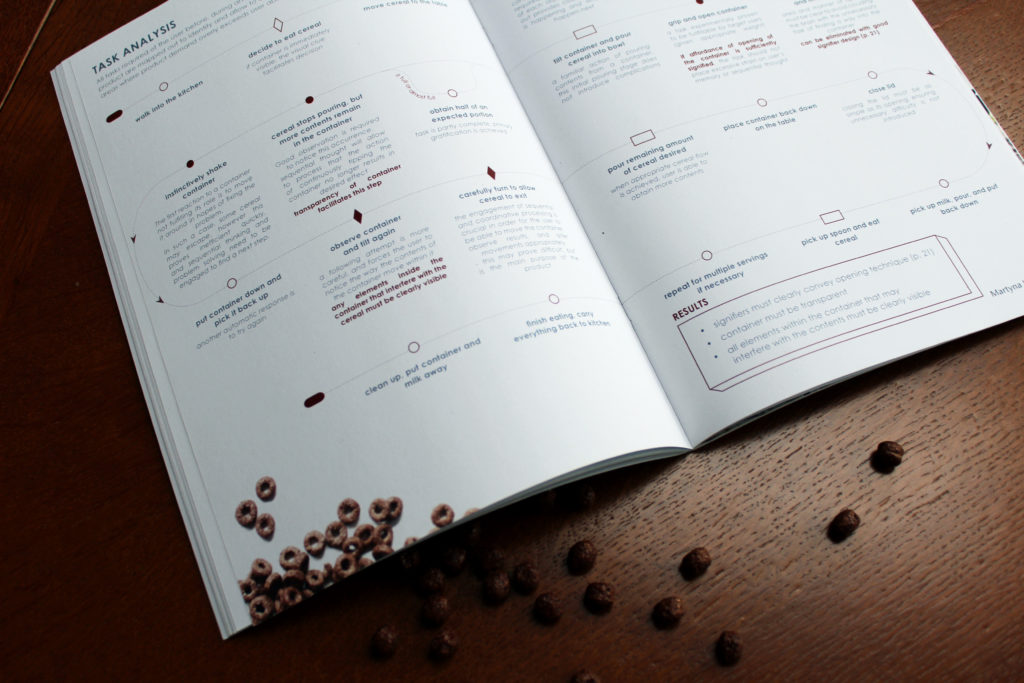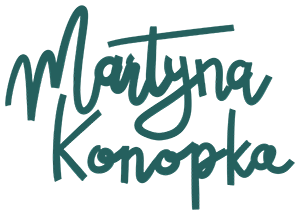Cognitive: Incorporating rehabilitation into daily life
Task: Bachelor’s Thesis in Product Design at the University of Brighton
Topic: Research into occupational therapy inspired the concept of including exercises in daily tasks to help regain independence after brain injury
Method: Prototypes were tested to achieve the right balance between difficulty and motivation
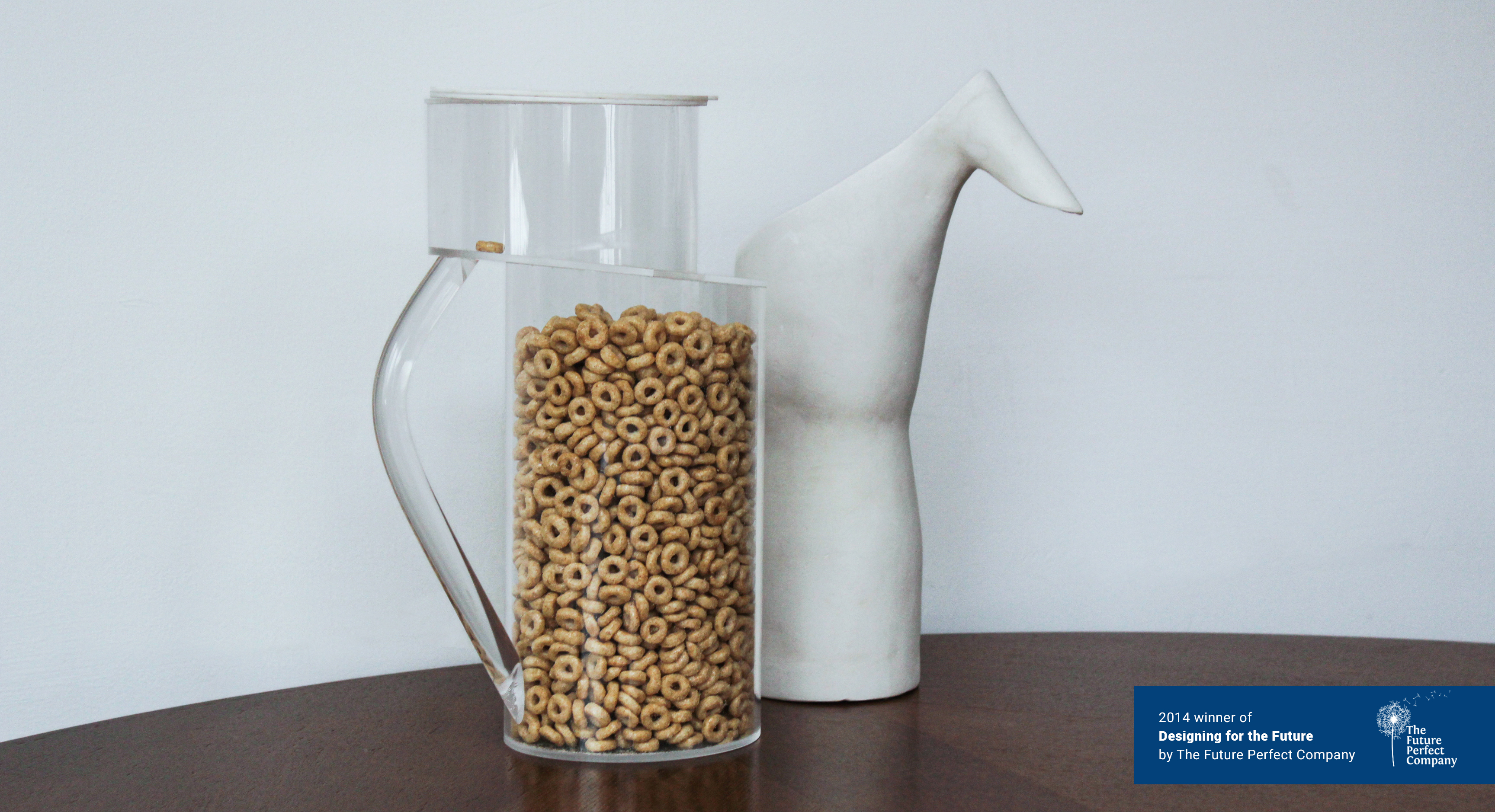
Making life more difficult, for better improvement in the long run
The range of products incorporates brain injury rehabilitation into everyday life by invisibly challenging their users’ cognitive abilities. A huge number of products exist to make certain tasks easier and enable the performance of different tasks. While these are the perfect solutions for some patients, there are also some who could benefit from being more challenged and stimulated. In this project, hiding spatial puzzles in daily use products invites users to overcome small obstacles, thus engaging the brain similarly to occupational therapy and complementing the process of cognitive rehabilitation.
Hiding spatial puzzles in daily use products invites users to overcome small obstacles, thus engaging the brain similarly to occupational therapy and complementing the process of cognitive rehabilitation.
Design for the ageing population and societal change
Mature consumers cannot be overlooked, as they are increasingly open minded and no longer want to remain on the sidelines. The cognitive range caters to their ambitious lifestyles by helping regain and improve their independence. By intertwining life with rehabilitation, the products accelerate the healing process, as well as facilitate exercising at home.
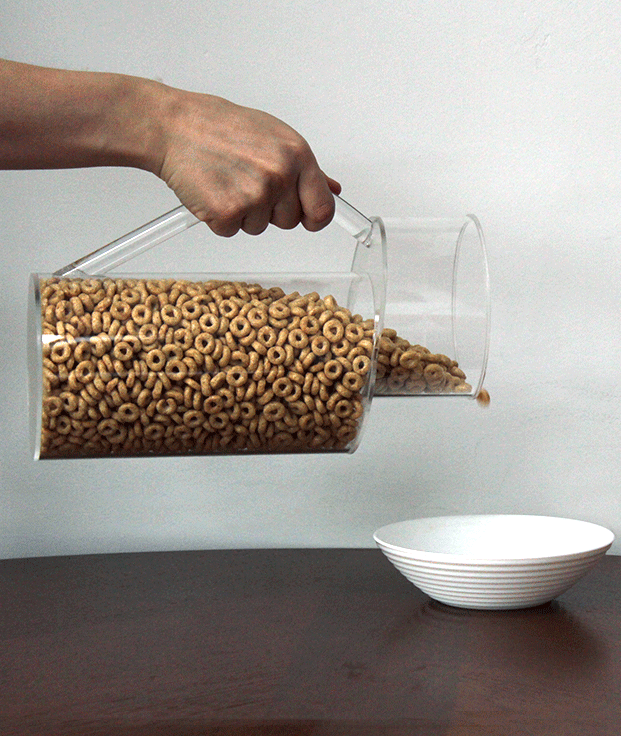

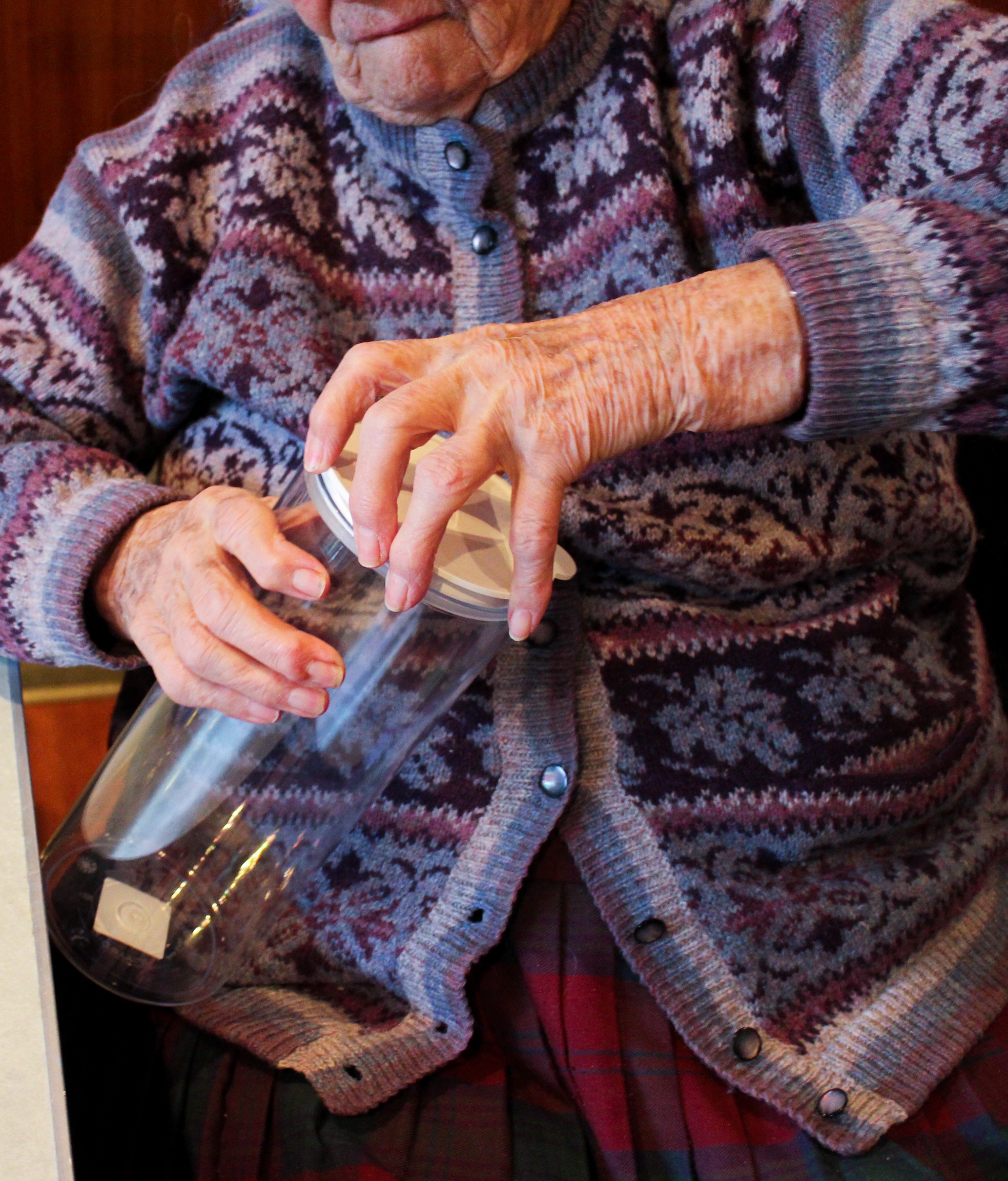
Centred around real users, and informed by their daily experiences
Through cultural probes and interviews with patients, carers, and specialists, I dug into the struggles and abilities of people recovering after brain injury. This helped me understand which skills are safe to be challenged, and which ones should be left alone.
Throughout three months of observations, I uncovered the most common issues with dexterity (like gripping small elements, or fully opening fingers), and reasoning (mental rotation, or word recall). Speaking to therapists, it was possible to decide which of the skillsets are appropriate to tackle through the alteration of daily tasks.
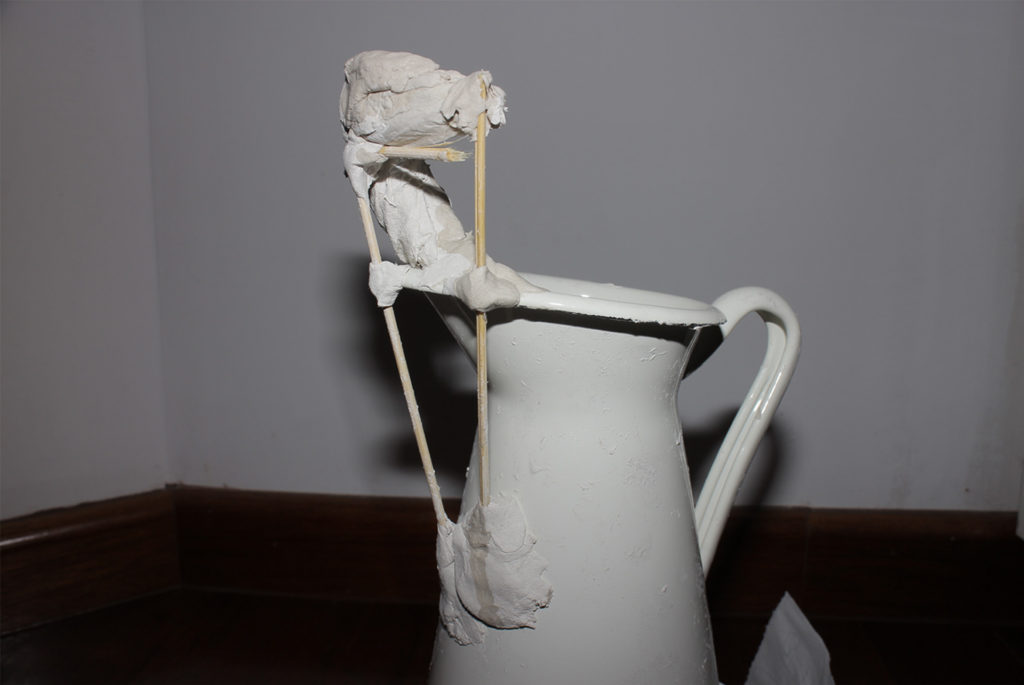
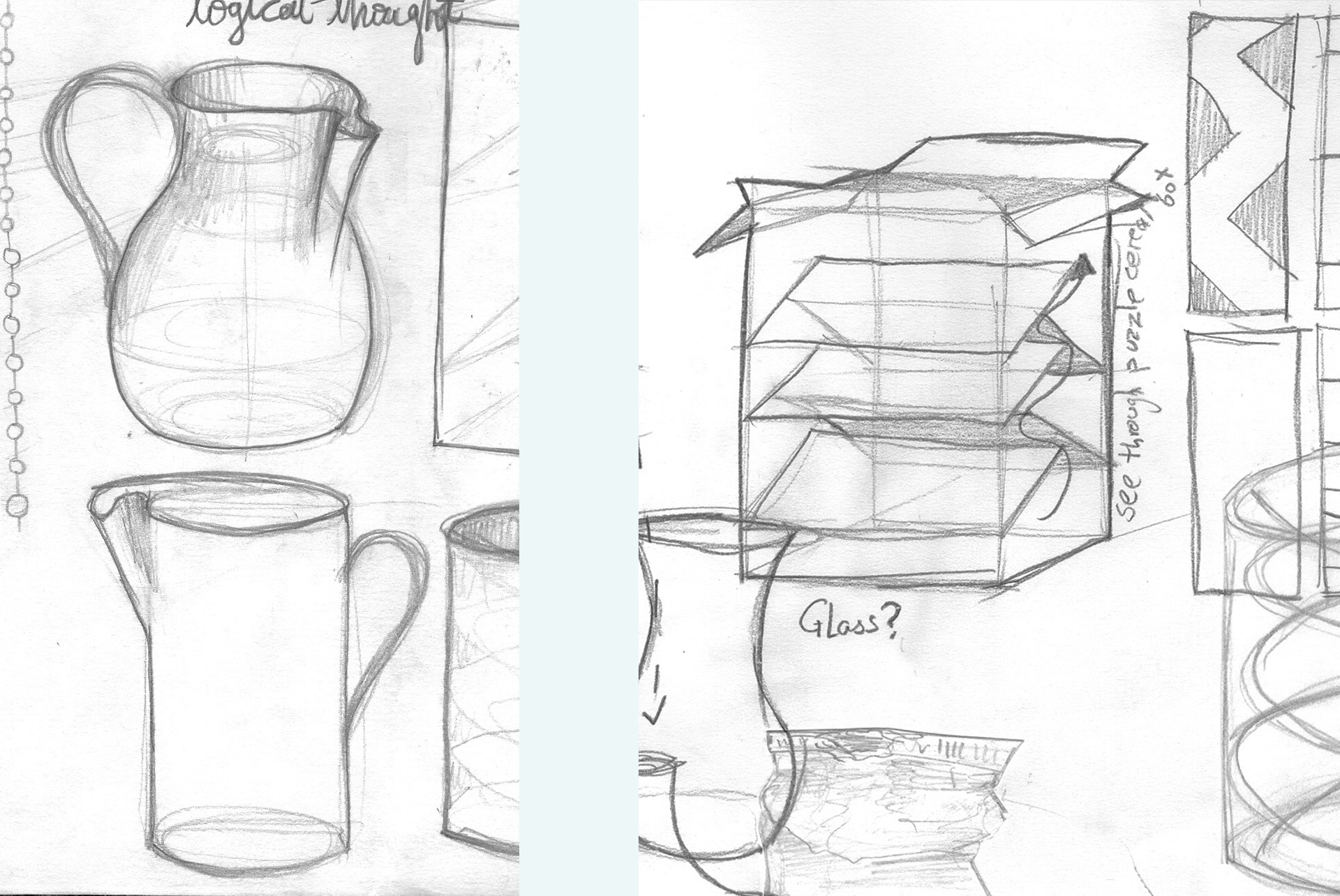
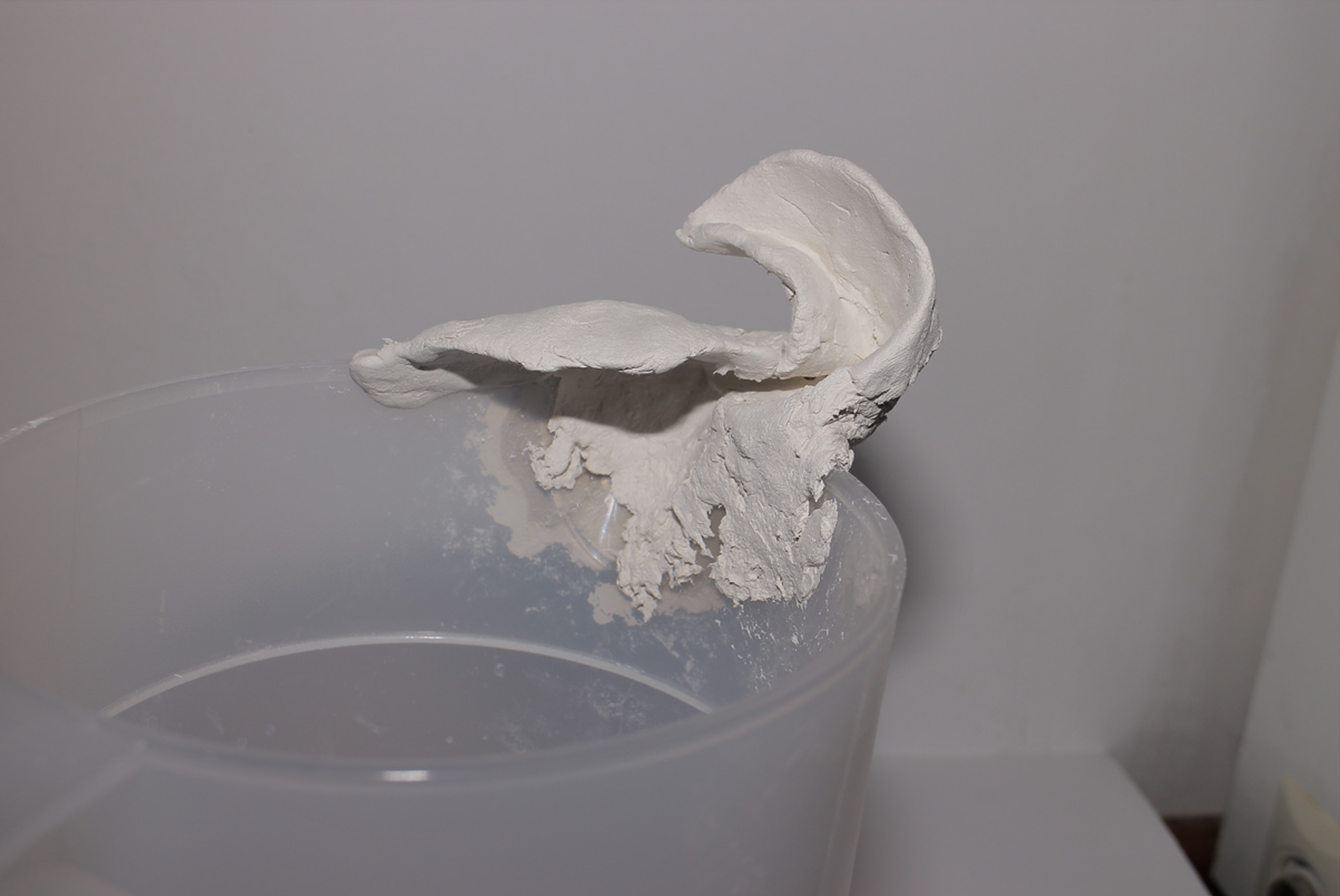
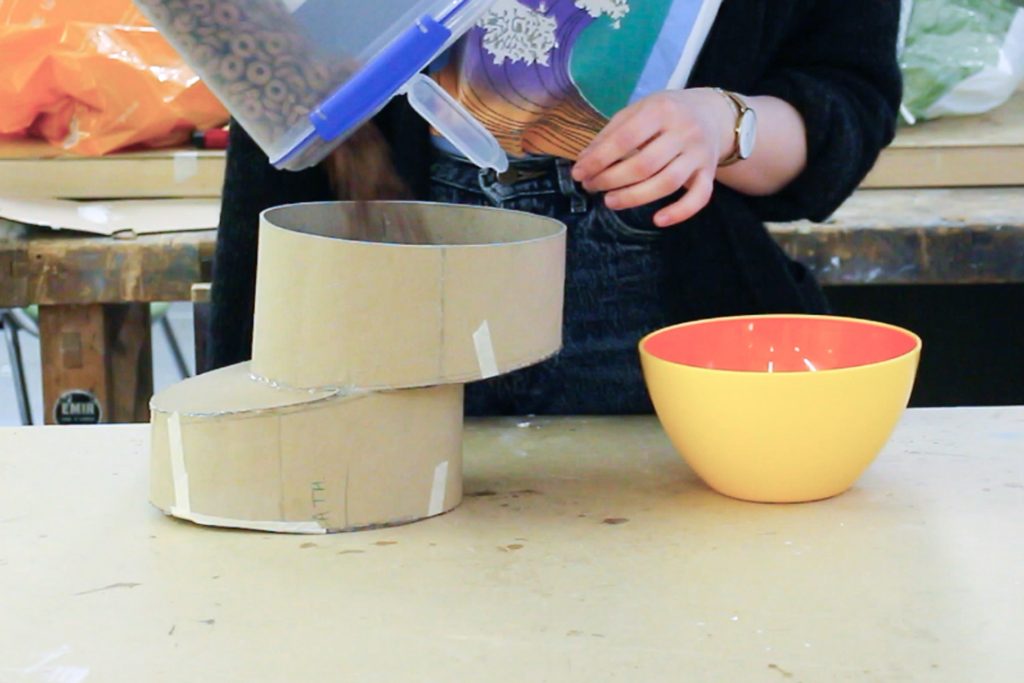
Prototypes and tests revealed the right shape for both comfort of use and product efficiency
Designing the functionalities of the products meant adding difficulty without introducing discouragement or frustration. It was important for each of the products to perform almost identically to their regular counterparts, for instance affording the pouring of a bowl of cereal in the same amount of time as from a conventional container.
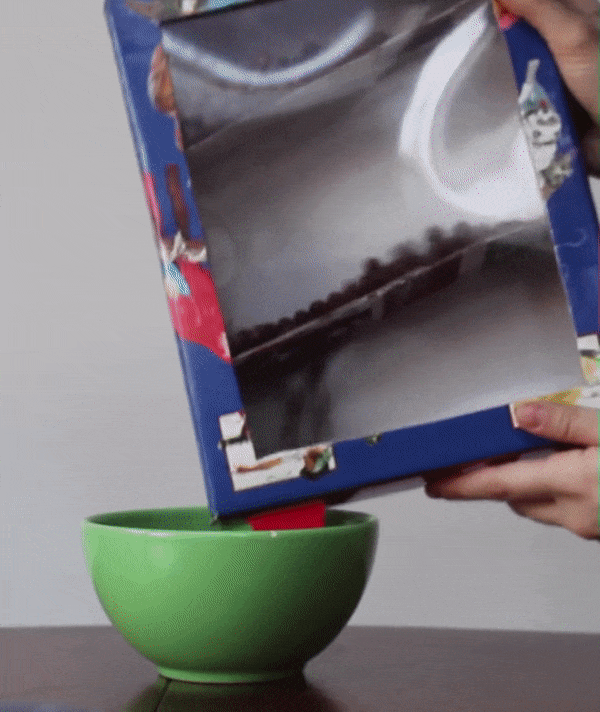
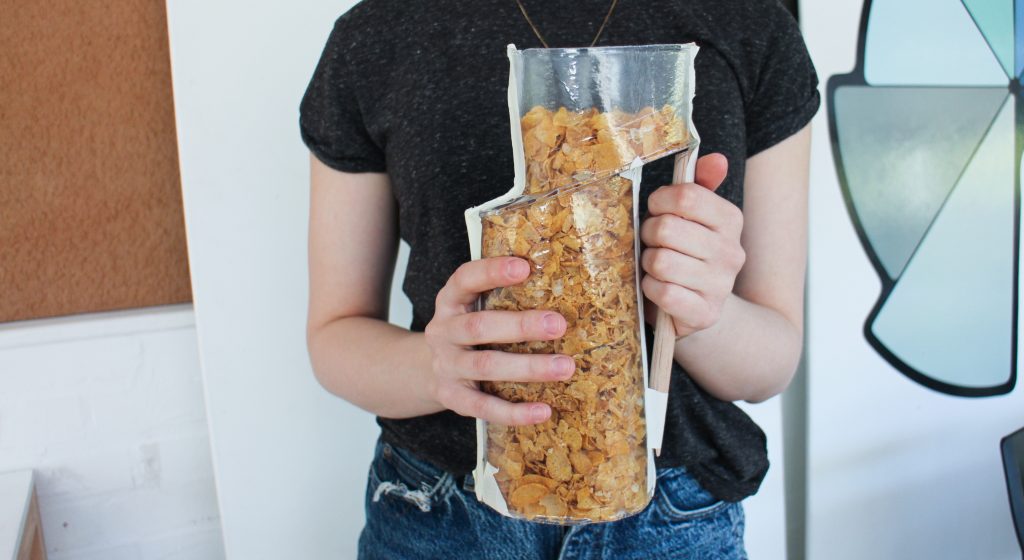
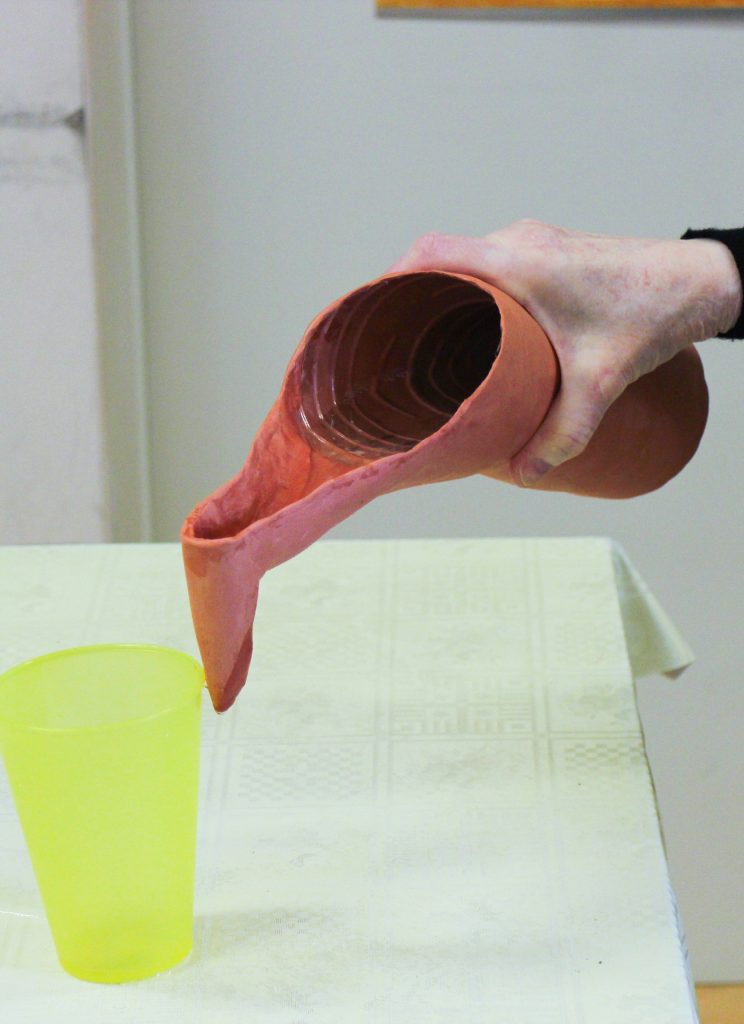
The developed shapes were placed in their natural environments
I made sure that prototypes were put to the test in real user scenarios. I presented early models to my target users and observed the interactions to inform further design decisions. For example, it was tests like these that made me eliminate a narrow handle from the jug in favour of a smooth profile in the midsection to afford stronger and more precise grip, which in turn helps open up a clenched fist.
I created the final prototypes to closely resemble potential end products.
The jug (intended to be made of porcelain or clay) was modelled by hand out of air drying DAS clay. The inside was painted with acrylic to simulate transparent glaze.
The cereal container (intended to be made of transparent plastic) was made out a transparent, acrylic tube cut on a bandsaw, and melted together with dichloromethane, which helped made the seams as invisible and smooth as possible.
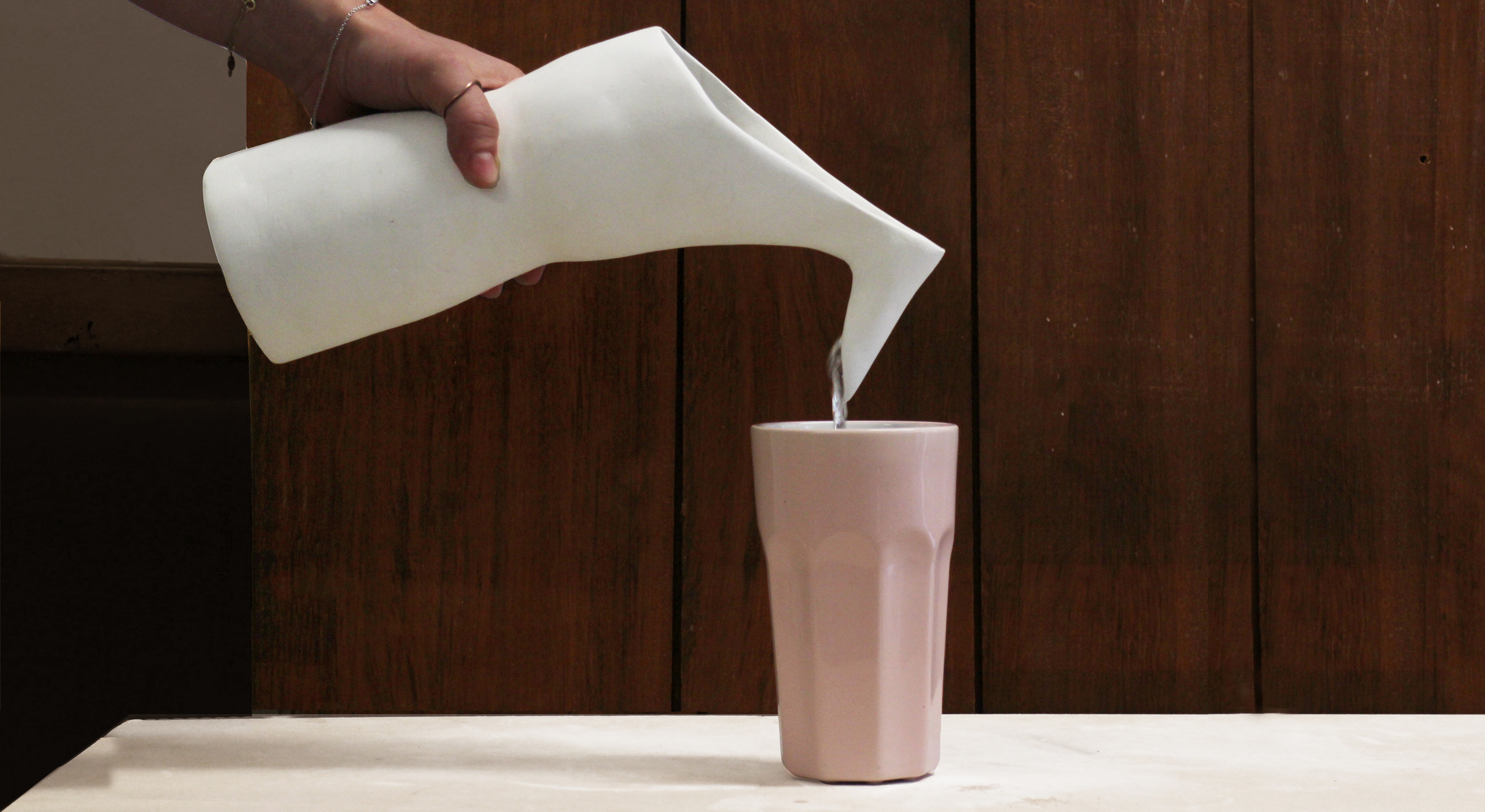
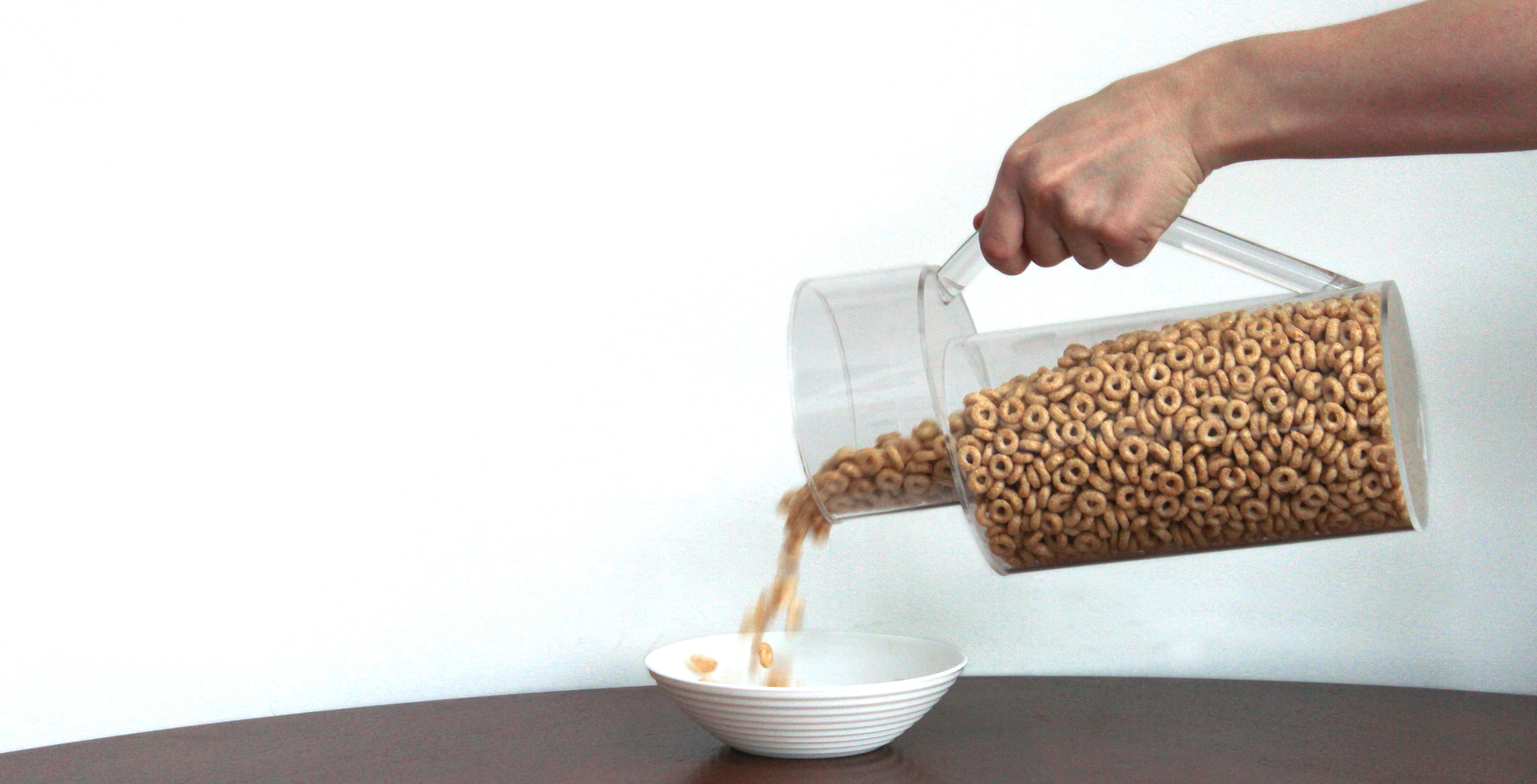
No project is complete without a (visual) report
